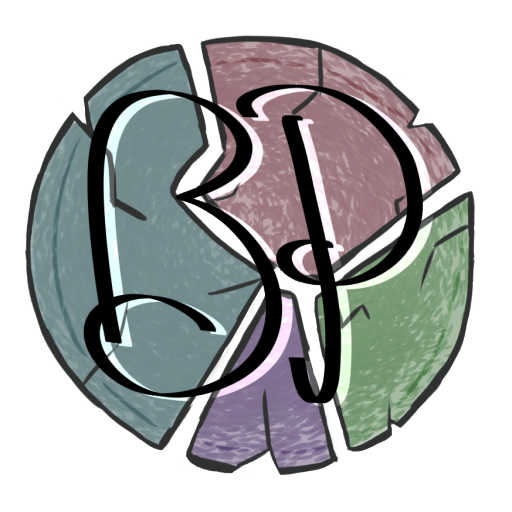Grace Goze is a Design Editor for The Broken Plate 2021. She is a senior Creative Writing major at Ball State University with minors in French and History. In this post, Grace provides commentary on Allison Tunstall’s prose piece “Bottle,” which was previously published in our 2017 issue of The Broken Plate.
“Bottle,” written by Allison Tunstall, was published in the 2017 issue of The Broken Plate. This prose piece interweaves commentary on Great White sharks and their infamous reputation as deadly creatures despite it being highly unlikely one will ever be attacked by one with commentary on the narrator’s experience with an unnamed disease. While it is unnamed, context clues point to the narrator being a carrier of herpes. By switching between these topics, Tunstall creates an unlikely but poignant comparison between her irrational fear of sharks and the consequences of living with an incurable disease. At the core of this piece, Tunstall reflects on what it means to be afraid of something that is not visible to the naked eye, a fear of the unknown, of what we cannot control.
The opening paragraph, which introduces the fact that “you are more likely to be struck by lightning than attacked by a shark. And even more people die from cows tipping over and crushing them,” immediately stole my attention as I scrolled through the 2017 issue’s pieces. My attention was kept as the essay pivoted to the seemingly unrelated topic of the narrator’s difficulty with vocalizing their disease to the people around them.
Robert Hass writes that “metaphor is a participatory act; it surprises the hearer into self-knowledge […] in fact, in metaphor, we connect two things or have connected two things and metaphor calls up the work already done.” I find this analysis of metaphor relevant to a reader’s enjoyment of “Bottle.” The interweaving of this piece creates an inherent metaphor. By switching between her thoughts on Great White sharks and her disease, Tunstall purposefully puts them in conversation with one another allowing the reader to participate in the metaphor as Hass suggests. This allows the reader to have an active role in interpreting the meaning of the piece. They get to put the puzzle together with Tunstall as the essay unfolds.
It is also worth noting that the poignancy of “Bottle” benefits from its strong imagery. Tunstall writes scenes that place the reader in the action, whether that be waiting in a busy pharmacy or taking a pill every morning. I feel that this dedication to detail allows the reader to truly step into the narrator’s world and empathize with her, regardless if they can directly relate to her situation.
At the core of this piece, Tunstall reflects on what it means to be afraid of something that is not visible to the naked eye, a fear of the unknown, a fear of what we cannot control. This honest conversation on fear and her disease demonstrates the type of vulnerability that The Broken Plate strives to capture. “Bottle” serves as a beacon for those who must adjust to a life-altering change, to those who face stigmatization, and to those of us who do not have all the answers. Most importantly, in my opinion, “Bottle” unites those of us who struggle with the complicated relationship between medication and identity. Tunstall writes, “I try to tell myself I am more than that medicine bottle. It’s a part of who I am, sure, but it’s not all of me. I focus on school, I focus on family and friends, I focus on anything that will take me away and show me that nothing has really changed.”
At The Broken Plate, we work to celebrate writing that does not shy away from raw honesty, fragility, and the complex nature of identity. I believe “Bottle” is not only a striking example of Tunstall’s skills as a writer but also a beautiful example of the mission statement we strive to uphold.

